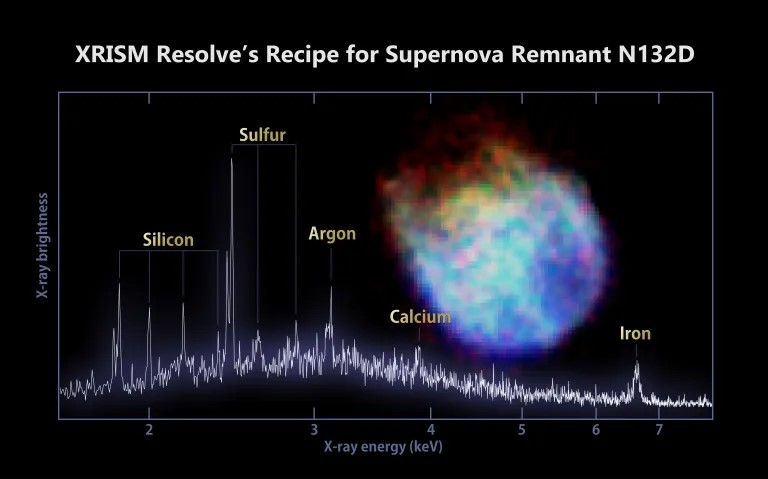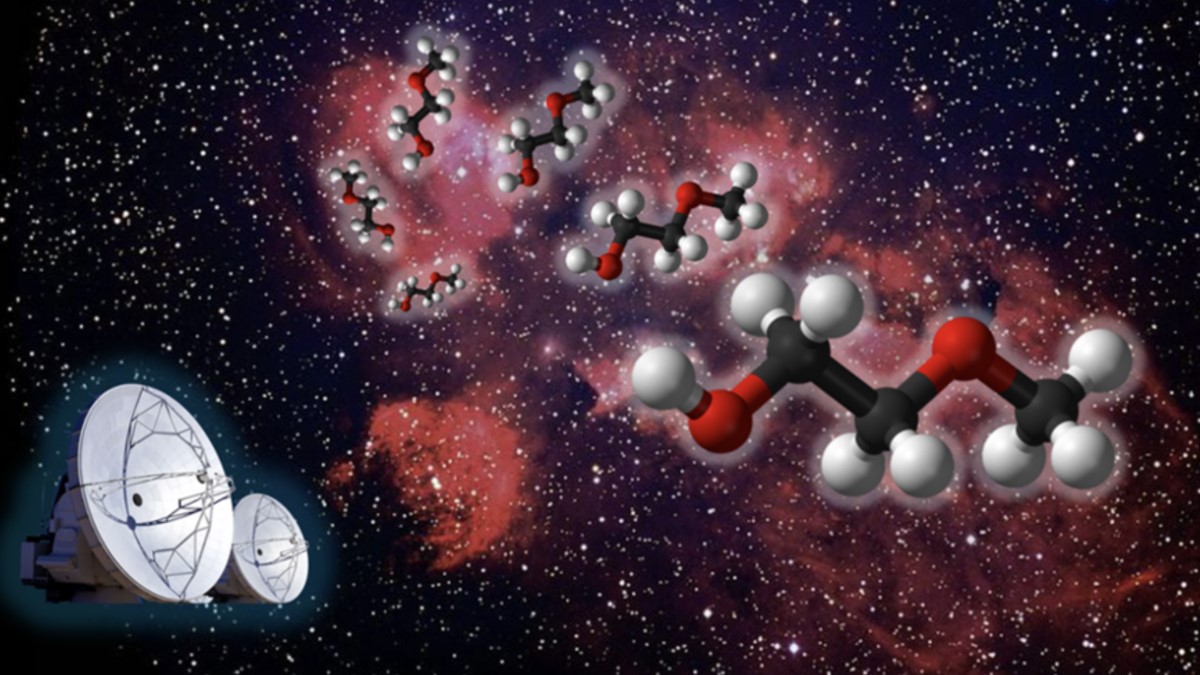Transistor Alters Electronic Properties of 2D Material
A RIKEN study reveals that by inserting the right amount of potassium ions between the atomic layers of molybdenum disulfide, its properties can be altered to behave as a semiconductor, metal, superconductor, or insulator. This transformation is achieved using a transistor device developed by RIKEN physicists to fine-tune the material's electronic characteristics.

Figure 1. Field-effect transistor with molybdenum disulfide flake showing its varying states.
The study, published in Nano Letters, explores how molybdenum disulfide (MoS2) can exhibit a range of electronic properties [1]. Led by Yoshihiro Iwasa from the RIKEN Center for Emergent Matter Science, the team discovered that by inserting potassium ions between the material's atomic layers, MoS2 can be made to behave as a semiconductor, metal, superconductor, or insulator. MoS2, which consists of molybdenum atoms sandwiched by sulfur atoms, exists in two distinct phases: the 2H phase, a semiconductor, and the 1T phase, metallic. Figure 1 shows Field-effect transistor with molybdenum disulfide flake showing its varying states.
Iwasa highlights that 2H molybdenum disulfide shows great potential for next-generation semiconductor devices. The RIKEN team further explored this phase transition by constructing a field-effect transistor and connecting it to a sample of 2H molybdenum disulfide. By adjusting the transistor voltage, they were able to precisely control the insertion of potassium ions into the material, enabling them to study its electronic properties in greater detail.
As potassium ions were gradually introduced, the material's phase transitioned from 2H to 1T when there were approximately two potassium ions for every five molybdenum atoms. Upon inserting the right amount of potassium and cooling the sample to –268°C, the 1T phase unexpectedly became a superconductor. While superconductivity had been observed in the 2H phase before, this was the first time it occurred in the 1T phase, and at a different temperature. "The biggest surprise for us was observing superconductivity upon introducing potassium ions," says Iwasa.
The researchers were further surprised when the material switched from being a metal to an insulator after potassium ions were allowed to leak out of the 1T molybdenum disulfide, reducing the ion levels, and the temperature was set at –193°C. "We found this interesting because we didn't expect this phenomenon to occur," says Iwasa. These findings highlight that introducing potassium ions is a powerful method for controlling the structure and properties of two-dimensional materials like molybdenum disulfide, potentially leading to the discovery of new superconductors [2]. "We've been developing this method for the past decade," says Iwasa, "and it’s useful not only for exploring novel properties of superconductors but also for discovering new ones."
References:
- https://phys.org/news/2025-03-transistor-reshapes-electronic-properties-2d.html
- https://www.nature.com/articles/s41928-021-00670-1
Cite this article:
Janani R (2025), Transistor Alters Electronic Properties of 2D Material, AnaTechMaz, pp. 173
















